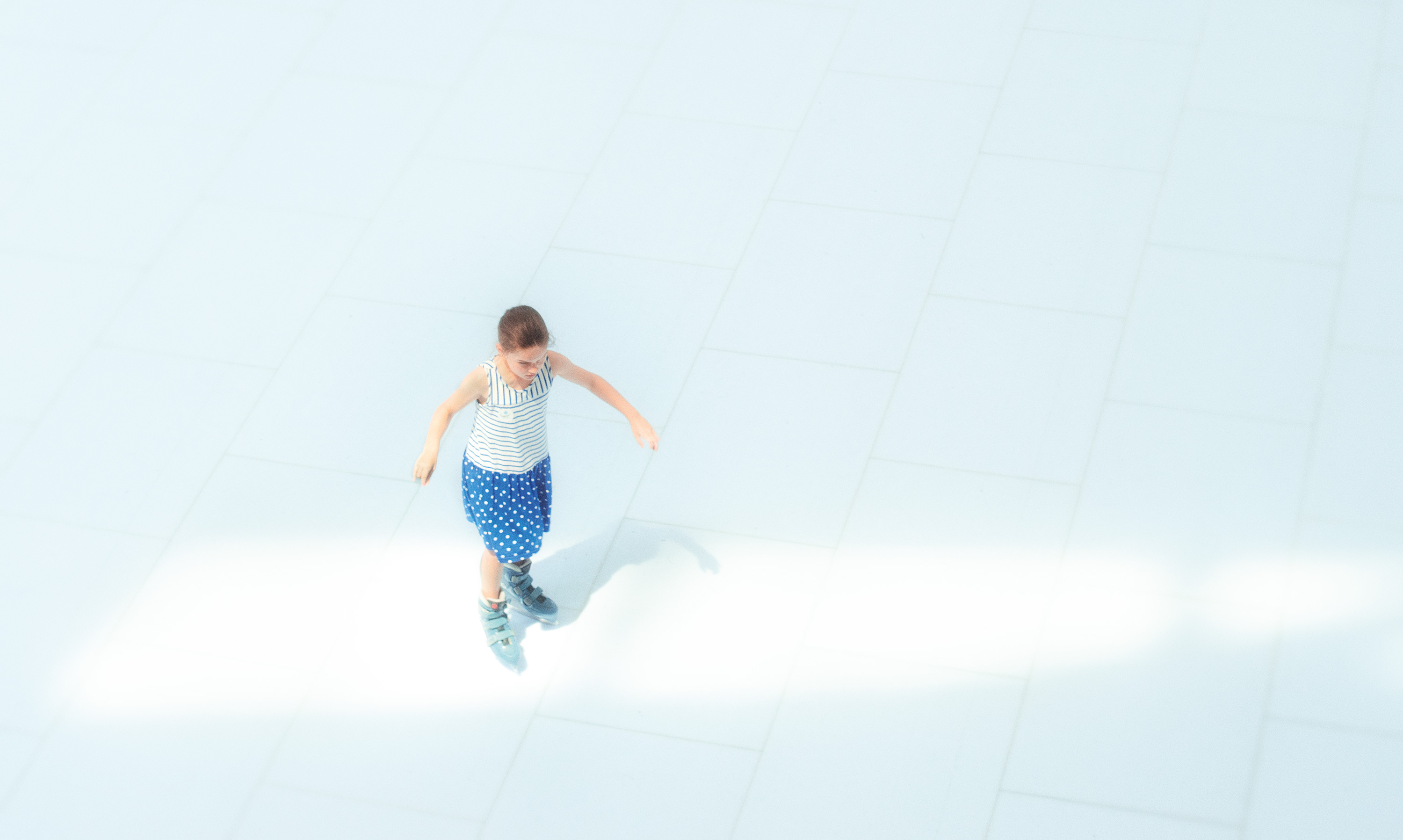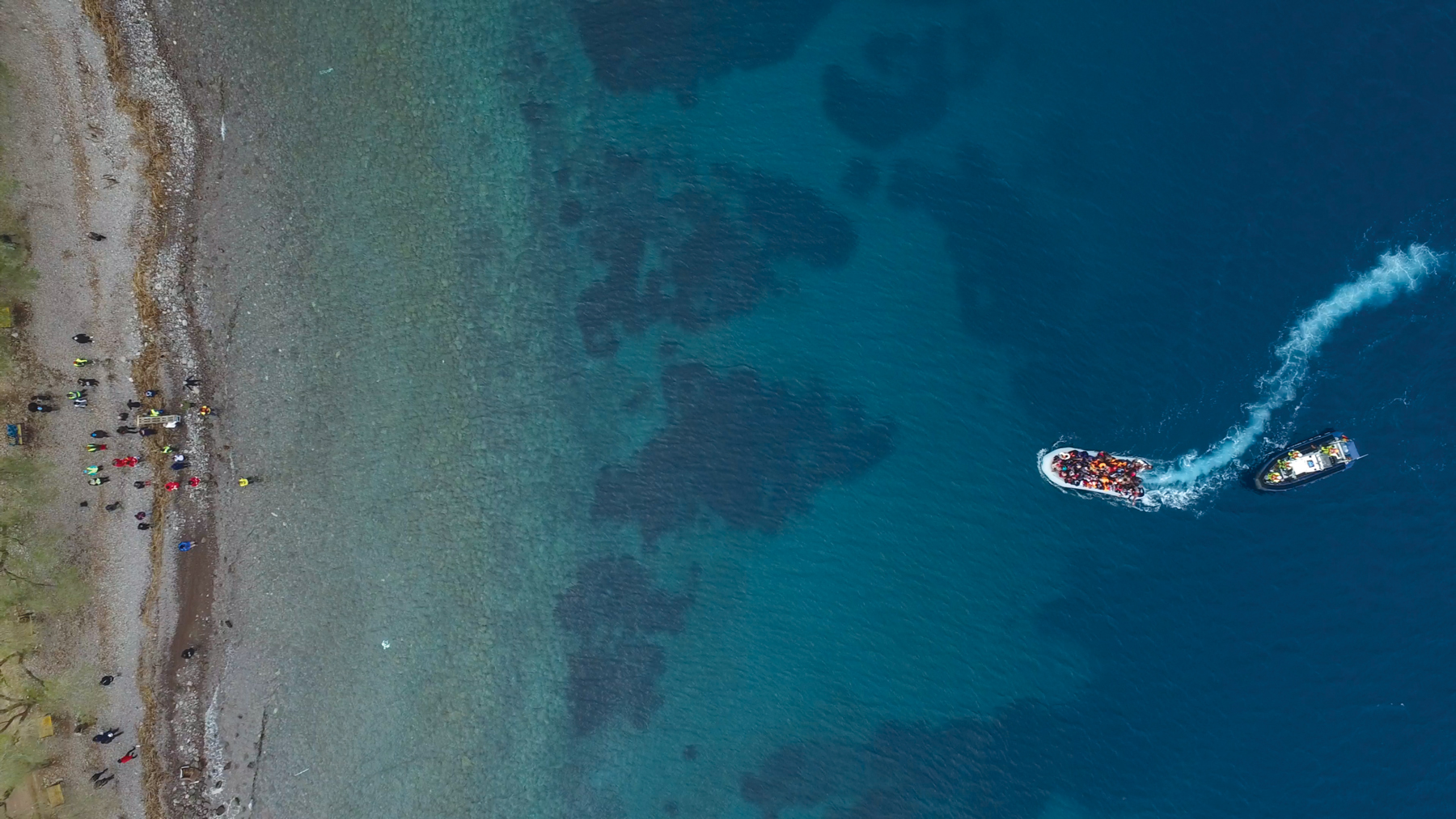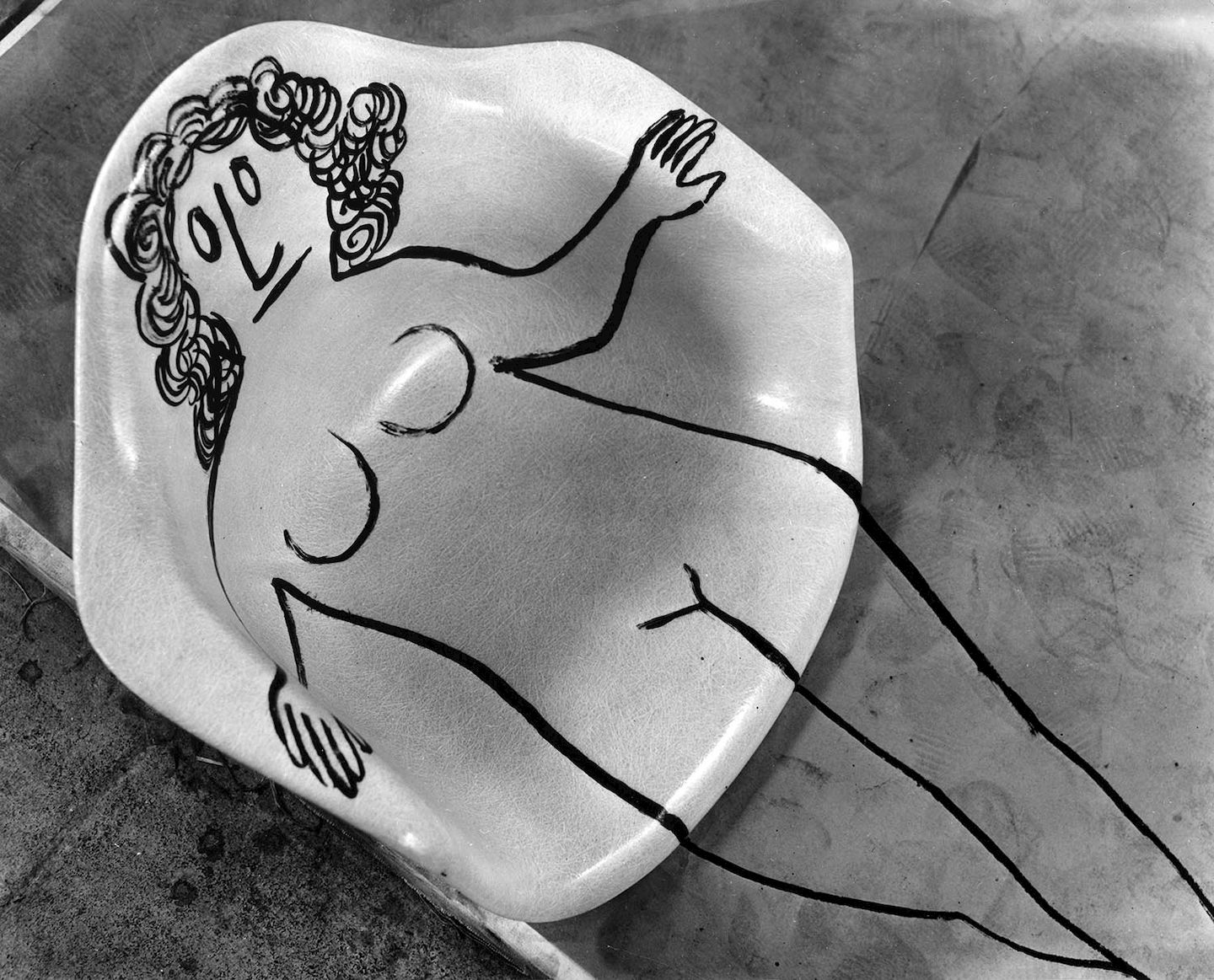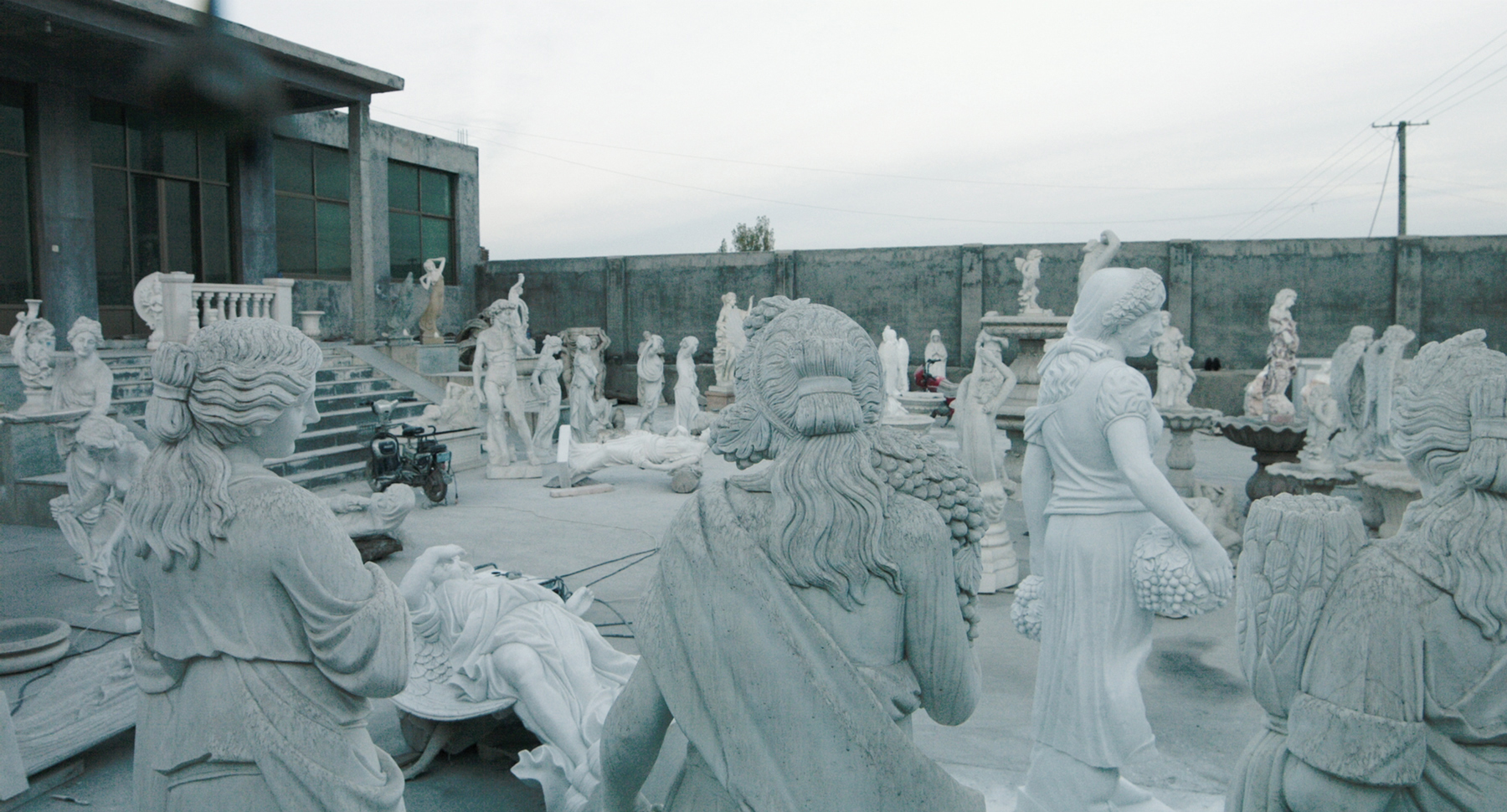Being a foreigner and minority in London for the first time embarking on a Masters program, almost 6 years ago, was a dream come true. School seemed wonderful—I visited the National Gallery and Tate Modern as part of my modules, heard classmates gush over paintings of Old Masters, described their works with terms like chiaroscuro, and read various aesthetic philosophies from Plato to Immanuel Kant (whom I later learnt was racist and had a ‘colour’ scale-rank for ethnicities), Edmund Burke and Oscar Wilde. Despite being surrounded by exhilarating sights and discussions on arts and culture, I remember experiencing throes of emptiness and the anxieties of having to articulate something intelligent yet neither understanding nor knowing ‘art history’. I especially felt a huge disconnect between the supposed visual splendour I saw and feeling like I couldn’t locate my affections, culture, histories or knowledges in these systems of knowledge and culture. I felt I had nothing to offer; that I was a stupid hollow barbarian compared to the ‘civilised’, ‘culturally rich’ English. The only way I felt I could survive and be ‘better’ was to speak their language, appreciate their culture, and know their histories and philosophies, yet I resented myself for ‘selling out’ in such a way.
However, the more I tried to understand their knowledges, the more I wanted to also find out what it possibly meant to be an ‘Asian’ and ‘Southeast Asian’ in terms of our diverse and entangled knowledges, religions and philosophies. Unfortunately, on top of battling a very Western/white (male) university curriculum, I realised that there was a dearth of Asian thought and work—Asia/Southeast Asia was largely a geographical entity and colonial imagination, largely studied and enunciated into being by Western writers. It was difficult to find ourselves speaking to the Western world about our philosophies, histories, and cultures on our own terms and in our own voices.
It was the late Martinican, Frantz Fanon’s work, Black Skin White Masks (1952) that gave insight to what I was wrestling with. His work analysed the psychology of dependence, and how he and his countrymen developed inferior complexes under French colonisation. This was in large part due to divided self-perception of the Black Subject facing erasure of his own culture, and the need to embrace colonisers' cultures. The Black Subject subsequently remakes himself in the image of the White coloniser—a journey evident in upwardly mobile and educated Black people, with the ability to gain status symbols within the colonisers’ world, in this case, an overseas education and mastering the language and aesthetic sensibilities of the White British, eventually donning white masks. I do not claim to share Fanon’s traumatic and violent experiences of being colonised, but the helplessness and urgency of having to fit in described by Fanon deeply resonated with me, helping me realise the phenomenon of myself as a racialised and minority Other undergoing self-colonisation, and my social access and subconscious deference to White aesthetics and knowledge.
The late Palestinian professor of literature, Edward Said's work Orientalism (1978) further shaped my understanding of how various systems understand the Other with reference to Western encounters with different cultures, and how these differences between the West and the rest (meaning the Orient) are created and managed to maintain Western hegemony and superiority. It is “a created body of theory and practice... Continued investment made Orientalism, as a system of knowledge about the Orient... the idea of European identity as a superior one in comparison with all the non-European peoples and cultures... reiterating European superiority over Oriental backwardness...”
When I came back from London as an ethnically dominant Chinese in a multicultural Singapore, my middle-class, heteronormative female social identities fit effortlessly with dominant, normative privileged circles in Singapore. Yet Said’s Orientalism sensitised me to how desire for superiority and management over differences that create the Other had not quite disappeared. In Singapore’s context, they appeared as vocalised anxieties over inferior migrants in our midst threatening to take over livelihoods and being a danger to public spaces; LGBTQ communities becoming more visible and vocal, hence posing possible threats to public morals; ethnic minorities being stereotyped as ‘lazy’, more prone to diseases or committing criminal or terrorist activities, having ‘body odour’, and facing racial and language discrimination when seeking employment. In short, it dawned upon me how dominant normative me/‘us’ hold power to (re)present these ‘deviant’ and ‘inferior’ Others’ cultures, ways of knowing and being, negatively stereotyping, belittling and relegating them to the fringes of society.
These feelings of the Other are what Sara Ahmed calls ‘stranger danger’—the stranger is often assumed to be someone we do not recognise. However, Ahmed argues that strangers are not actually unfamiliar, nor are they new. Rather, strangers are recognised (by their labellers) for being out of place, hence their perceived inherent danger.
Such recognisability requires a visual economy, involving ways of seeing differences between the familiar and strange Others being (re)presented and how they ‘appear’. Ahmed states how this visual economy of recognisability is especially inherent in urban space and cities involving ‘perpetual encounters’ between people unknown to one another, yet ‘known’ through “forms of visual identification and recognition”. Urban spatialities hence hold many forms of social and spatial encounters, as well as boundaries between ‘normative’ and Other(s). In many cases, we prefer the Other not in our public spaces, but out of sight, and out of mind.
Recent years have seen increased awareness and efforts in both academia and the arts (in London and Singapore at least) to highlight various disenfranchised or discriminated groups. Most of these efforts predicate on an important premise in the notion of Other—the ability to categorise and make the various different Other(s) visible: different coloured migrants and communities of ethnic minorities, different sexual preferences of LGBTQ, etc... However, what if there are Other(s) that elude the eye and remain largely uncategorisable or invisible, or their spaces, traces and labour erased and hidden by the very systems that categorise them? What if there are Other(s) who do not want to be made visible because of social ramifications? What if this desire to make the Other hypervisible is a different colonial rendition of objectifying them? How would efforts to understand the Other—apart from social and physical markers and through their psychologies of self-colonisation, and spatialities and senses of belonging, instead (which remain largely unasked and unexplored)—look like, then?
Writing my story (at the risk of seeming self-indulgent and privileged) and raising a plethora of questions is perhaps the best way I could come to understand my psyche, turmoils and self-colonisation as an Other and someone with the power to categorise the Other—the victim and the perpetrator; the privileged and the (slightly) disenfranchised. I wonder if such reflexivity could be a possible small step forward for us as dominant ‘normative’ to recognise and discuss how social class, educational background, the (effortless) use of English language, ethnicity, sexuality, religious or non-religious beliefs and being able-bodied not only make who I am/we are as a subject, but that these identity markers also influence our everyday—choices (or lack thereof) made, interpretations of realities, the kinds of knowledges constructed (and ignored), as well as social spaces we get to walk in or be excluded from. In other words, these identity markers produce and locate us in certain privileged and/or marginalised social, political and cultural spheres. Hence, how we experience or interpret our realities are mediated through these lenses that make our bodies, knowledges and contexts. These markers are not merely our own to shape our destinies, but also our tools of complicity in shaping the ways we confer value and judgement on those (mis)recognised as the inferior Other(s), inadvertently entangling our social spheres with theirs, whether or not we are conscious of it.
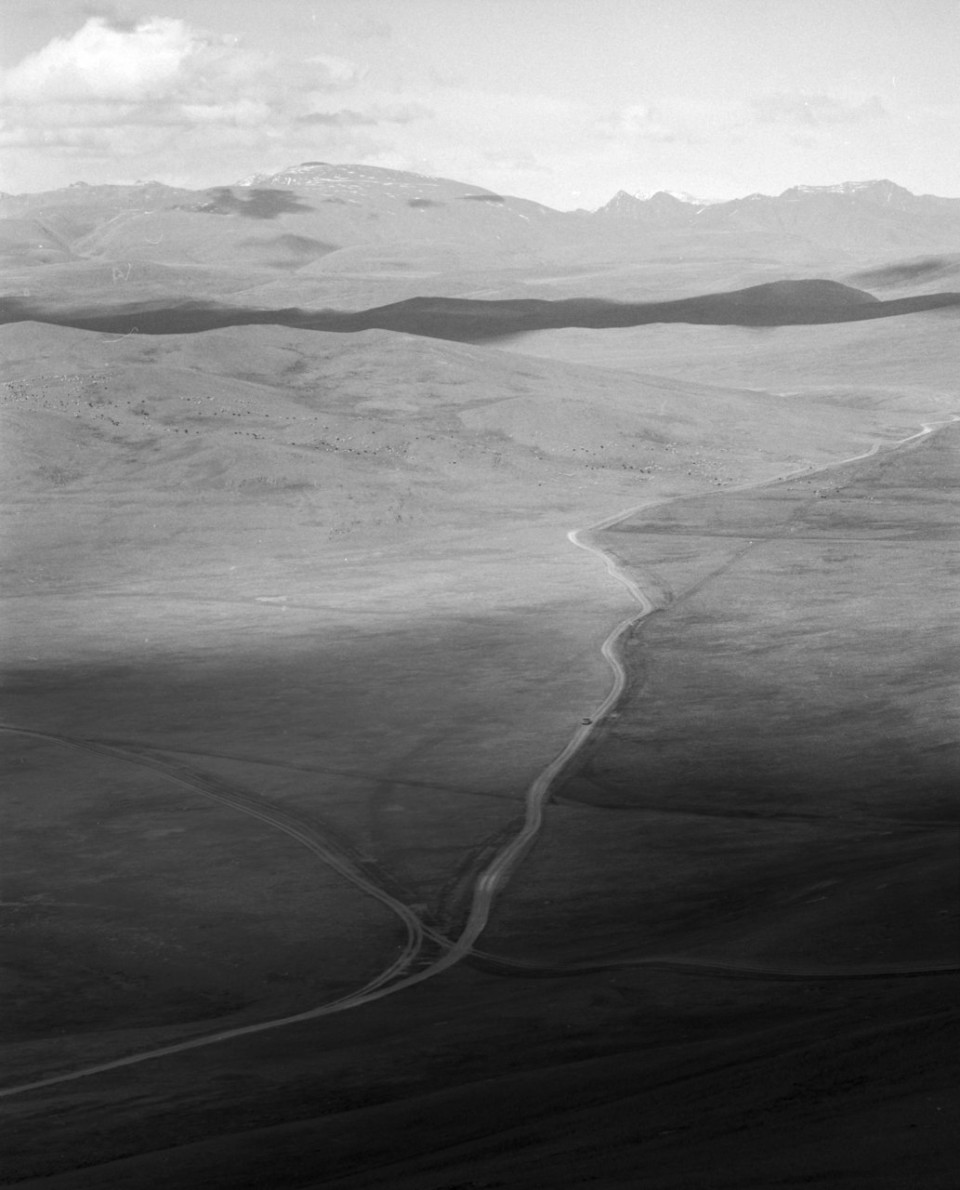
On another level of reflexivity, we could also be conscientised to realise and interrogate our (unhealthy) desire for the West, reflected in largely unquestioned Western education curriculums, popular culture, arts, and fashion, to name a few. To quote from the Taiwanese intellectual Chen Kuan-Hsing’s work, Asia as Method, we may do well to realise that “historical processes of imperialism, colonisation, and the Cold War... have shaped and conditioned both intellectual and popular knowledge production. Through the use of Asia as method, a society in Asia may be inspired by how other Asian societies deal with problems similar to its own... and develop new paths of engagement... a means for self-transformation through shifting our points of reference towards Asia and the third world...” In other words, we learn to shift our reference points in areas of history, philosophy, aesthetics, and experiences towards Asia. Doing so may hopefully allow Asia to not merely be an object of analysis, but a means of transforming knowledge production.
I am no expert on Other(s), nor do I presume to speak for them. However, my sense is that despite increased visibility and awareness created for the Other(s), we still largely consider them inferior, illegal or dangerous and waiting to be eliminated. In other words, an awareness of Otherness highlights a certain hypocrisy—Others are still excluded from the centre of politics and policies, yet often made visible by social elites for political or social ends. I cannot help but wonder if we, the social elites, are part of the problem which our elite solutions to Otherness would never quite solve. My attempt to practise reflexivity and write my story may be the only limited way I know to invite you, the reader, to subject your experiences to scrutiny, ponder upon them, and be conscientised as to when we are the Other as well as the categorisers. We may do well to engage with identity formation and the presentation of contemporary inequalities on the one hand, and the relationships between these two aspects on the other. The ‘Other’ exists because ‘we’ do.
